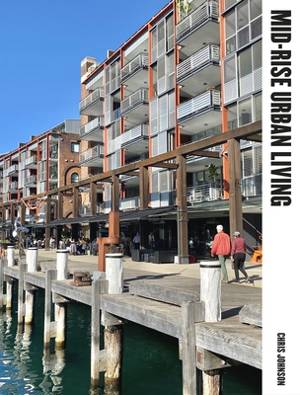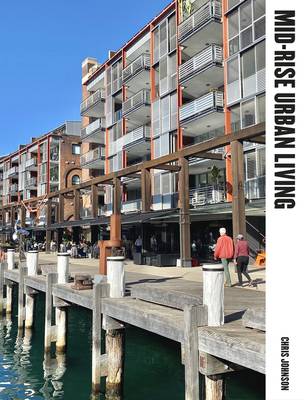
Door een staking bij bpost kan je online bestelling op dit moment iets langer onderweg zijn dan voorzien. Dringend iets nodig? Onze winkels ontvangen jou met open armen!
- Afhalen na 1 uur in een winkel met voorraad
- Gratis thuislevering in België vanaf € 30
- Ruim aanbod met 7 miljoen producten
Door een staking bij bpost kan je online bestelling op dit moment iets langer onderweg zijn dan voorzien. Dringend iets nodig? Onze winkels ontvangen jou met open armen!
- Afhalen na 1 uur in een winkel met voorraad
- Gratis thuislevering in België vanaf € 30
- Ruim aanbod met 7 miljoen producten
Zoeken
Omschrijving
This book argues that the mid-rise way of urban living is an essential component of growing cities, demonstrating that the economics of this form of development are better than that of terrace houses or town houses. It begins by examining successful historic precedents of this housing type, such as the tenements of Paris, Amsterdam, Berlin, Barcelona, and New York, and successful mid-rise housing in London. The book then discusses reasons for the relative lack of contemporary mid-rise housing developments, including planning legislation, and the perception that it is a dull and uniform building type. It brings together and analyses a wide range of award-winning international contemporary examples by leading architecture firms, looks at the importance of location, the need for urban placemaking, visual interest and design diversity and mixed use precincts, and highlights the advantages, including demographic diversity, urban density, sociability, and reduction of car use.
Specificaties
Betrokkenen
- Auteur(s):
- Uitgeverij:
Inhoud
- Aantal bladzijden:
- 128
- Taal:
- Engels
Eigenschappen
- Productcode (EAN):
- 9781848224643
- Verschijningsdatum:
- 23/09/2021
- Uitvoering:
- Hardcover
- Formaat:
- Genaaid
- Afmetingen:
- 196 mm x 254 mm
- Gewicht:
- 703 g

Alleen bij Standaard Boekhandel
+ 160 punten op je klantenkaart van Standaard Boekhandel
Beoordelingen
We publiceren alleen reviews die voldoen aan de voorwaarden voor reviews. Bekijk onze voorwaarden voor reviews.











